When catastrophic natural disasters struck Morocco and Libya, International Medical Corps responded immediately. As usual, we are working with local partners and public authorities to provide critical care and supplies in the aftermath of these tragedies—and will expand the scope of our responses as needs dictate.
Massive Earthquake in Morocco
On September 8, a 6.8-magnitude earthquake struck a mountainous region of central Morocco, about 45 miles southwest of the historic city of Marrakech. It was the country’s deadliest quake since 1960 and its most powerful in more than a century.
Almost 3,000 people were killed and more than 5,500 injured, while tens of thousands lost their homes. Infrastructure—including power, water and, importantly, healthcare facilities—were extensively damaged. Ultimately, more than 500,000 people were displaced as a result of the quake.
After the quake, International Medical Corps immediately sent an Advance Emergency Medical Team to perform an assessment, and worked with local authorities and partners to coordinate response efforts in affected areas.
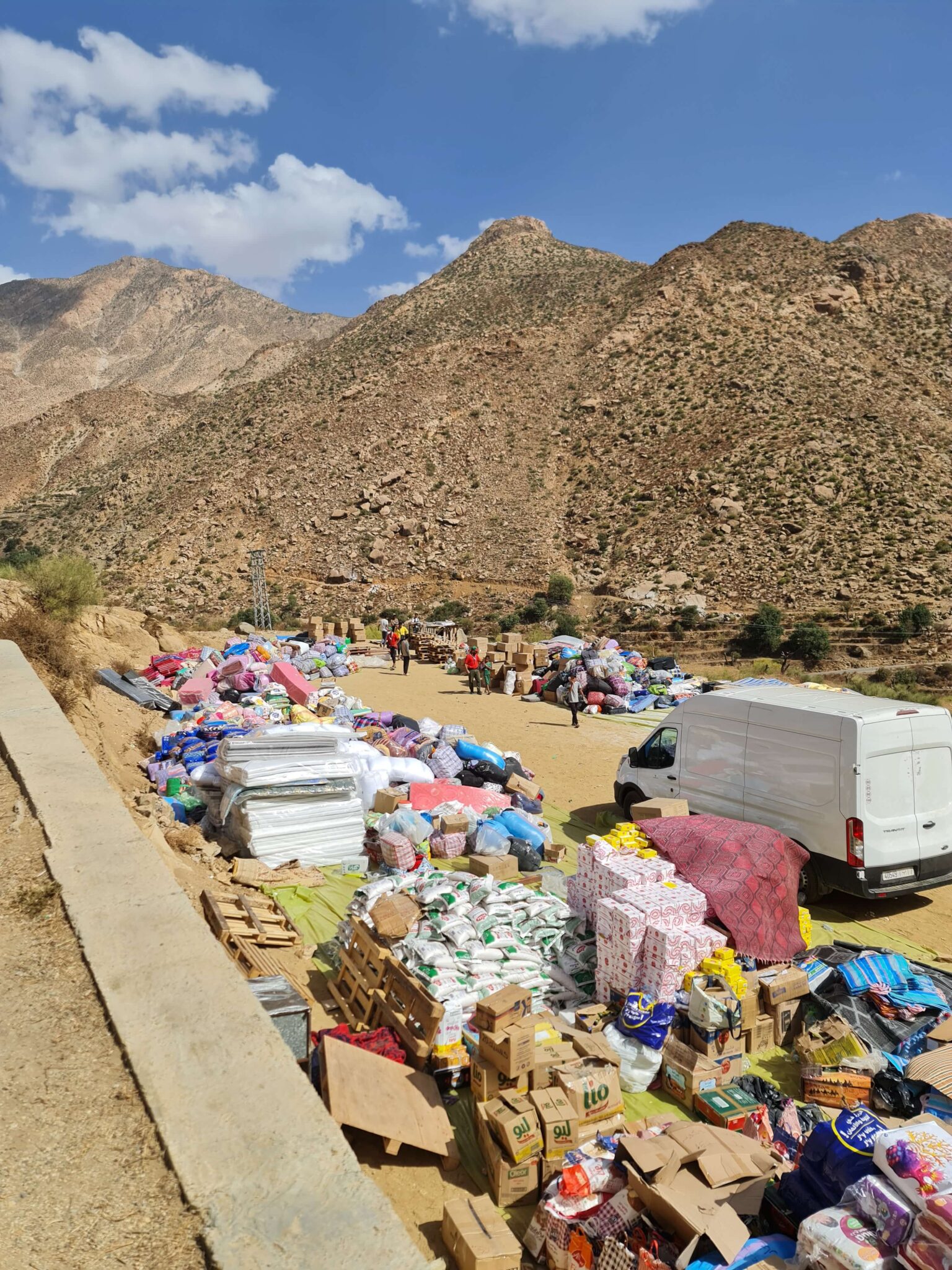
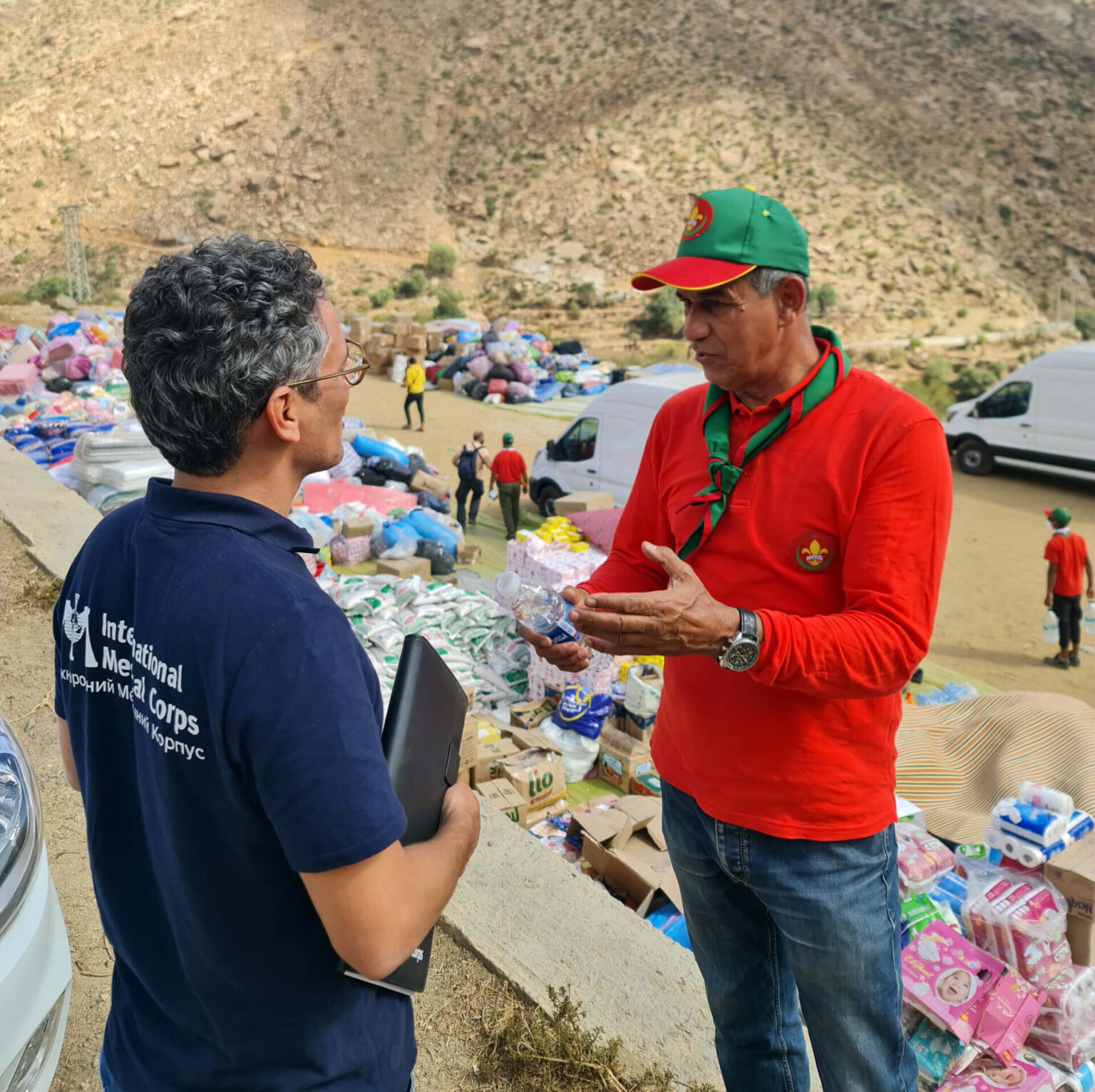
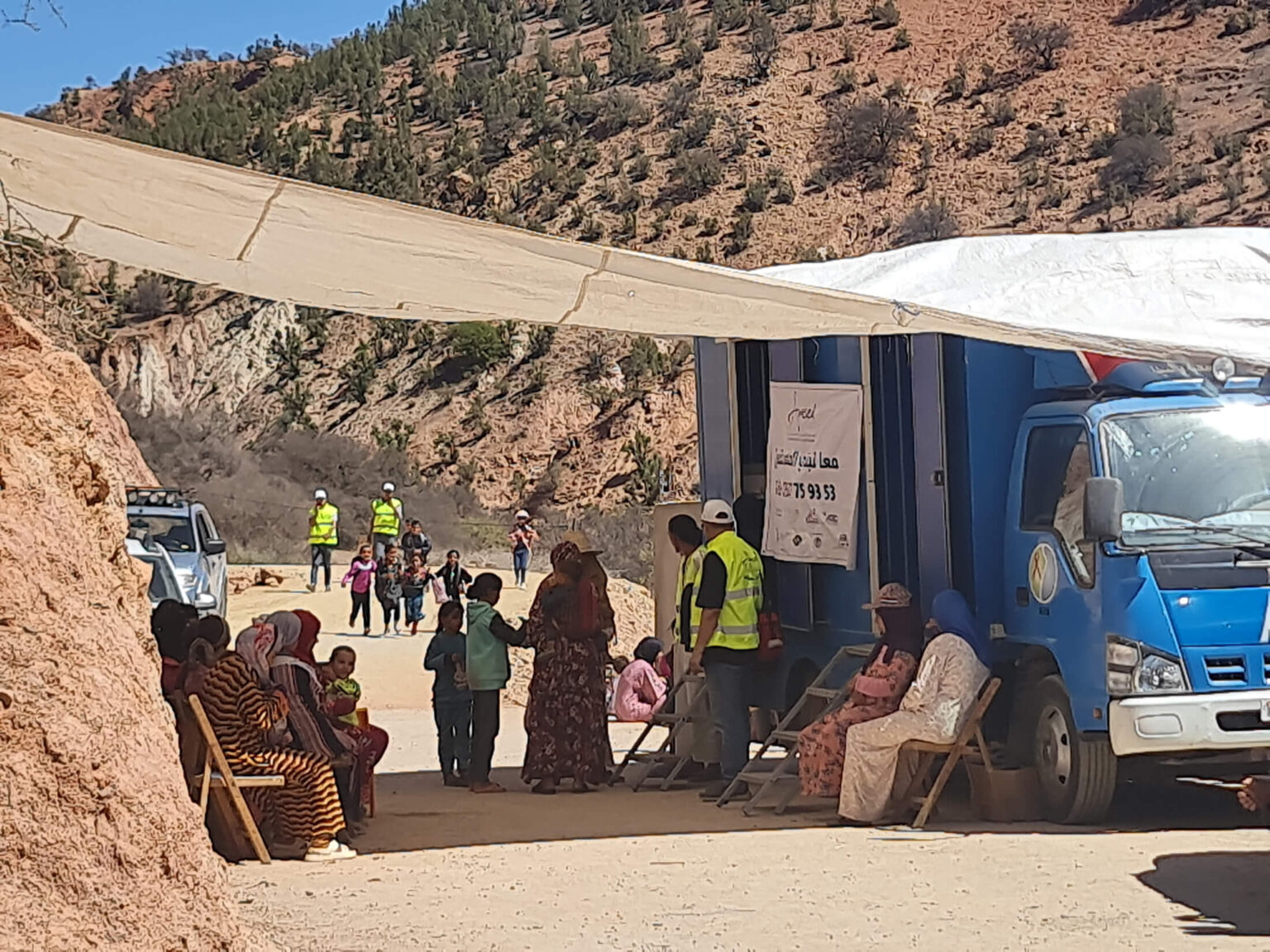
“The damage is significant, especially in remote villages and other hard-to-reach areas where access to healthcare services was already limited before the earthquake,” said Dr. Ramzi Benbaba, Emergency Response Medical Coordinator. “Working with local partners and in coordination with the Ministry of Health, we’re supporting mobile medical units as they deliver critical care and supplies—including tents, blankets, mattresses, hygiene kits and mental health consultations—to those most in need.”
As the response continues, International Medical Corps is working with local partners to distribute family tents, solar kits, plastic sheeting, and winter clothing and shoes to support affected families. Additionally, our teams are prioritizing health, mental health and protection services to provide an integrated package of support to affected communities.
Devastating Flooding in Libya
On September 10, Storm Daniel made landfall in Libya, bringing strong winds and heavy rainfall to northeastern areas of the country. The next day, two dams near the coastal city of Derna collapsed, releasing 30 million cubic meters of water that ripped through the city of 90,000 inhabitants, sweeping entire buildings into the Mediterranean Sea, with thousands of people still inside them. According to local authorities, one-quarter of the city has disappeared. More than 4,000 people are confirmed dead, while more than 8,500 people remain missing and tens of thousands have been displaced.
Our in-country team responded immediately, first conducting a rapid needs assessment, then deploying our EMT Type 1 fixed facility to provide outpatient services in a primary healthcare center that survived the flooding. International Medical Corps now has two EMT Type 1 fixed facilities operating in Derna, providing primary healthcare services to flood-affected communities: Dar Alsalam PHCC in West Derna and Ehrir Kwesah in East Derna. In the nearby city of Soussa, International Medical Corps received permission from the Libyan Ministry of Health (MoH) to establish its third EMT Type 1 fixed facility and is working on site selection.
“I have been to many conflict zones in Libya for work, but I had never experienced anything like this,” explained Talal Burnaz, International Medical Corps’ Acting Country Director in Libya. “We saw people wandering around looking for their loved ones. I tasted the dust on my tongue and smelled mold and contaminated water. I remember a man, around 50 years old, sitting on the ruins of his house.”
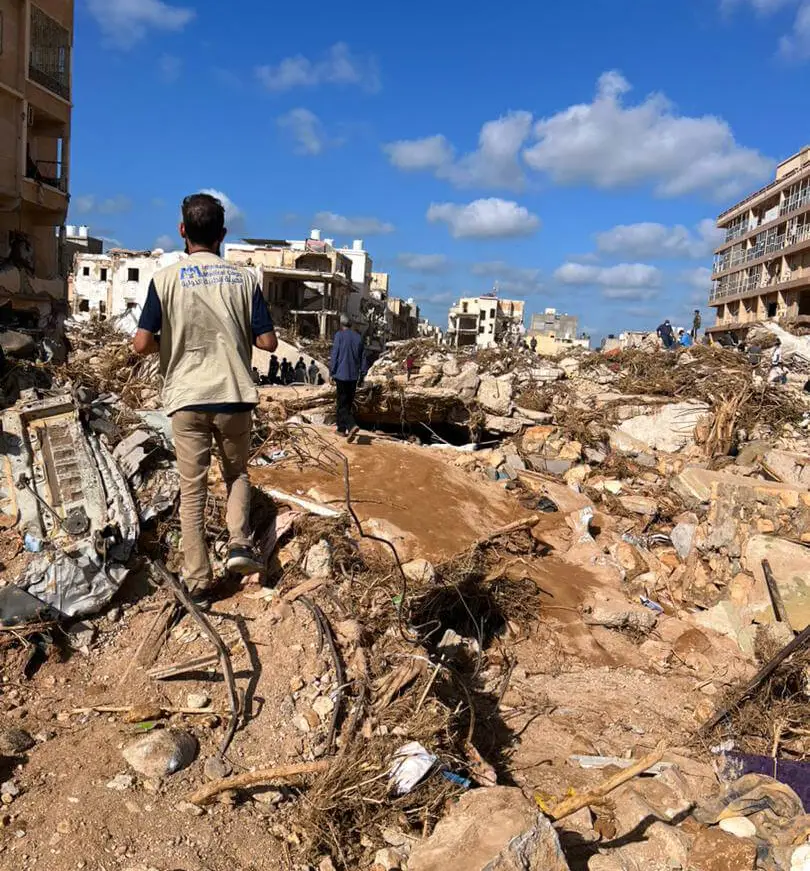
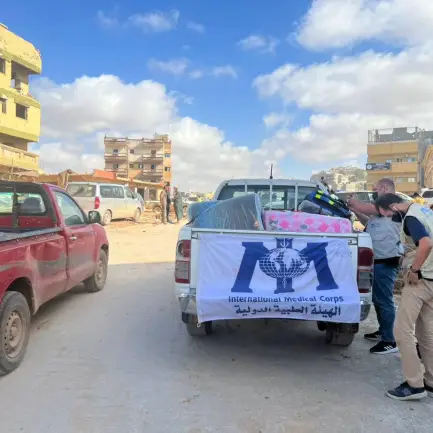
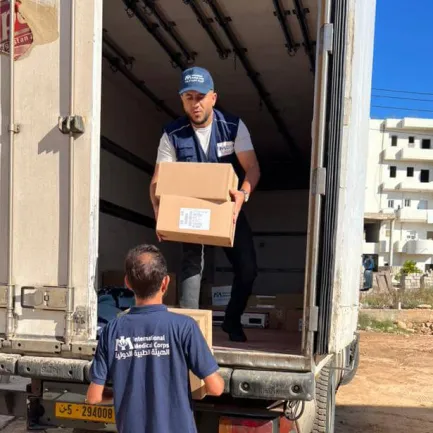
Most health risks for flood survivors relate to the presence of contaminated water, as well as poor hygiene and sanitation facilities. These conditions can lead to outbreaks of waterborne diseases such as acute watery diarrhea and cholera, and vector-borne diseases such as typhoid fever, dengue, malaria and yellow fever. Of course, survivors also need mental health and psychosocial support as they process the effects of the disaster on their lives.
In addition to deploying our EMT Type 1 fixed facilities, we procured personal protective equipment (PPE) and body bags to support search-and-rescue efforts, and efforts to retrieve bodies from the sea. We are transporting and distributing additional medicines and hygiene kits, and are deploying mobile medical teams in Derna and Soussa, as well as other nearby locations. As is usual in our responses, we are coordinating with the MoH to avoid duplication of efforts and ensure maximum outreach to the affected population. In addition, International Medical Corps signed an agreement with the Libyan National Centre for Disease Control and Citizen Service Center to run the national mental health hotline and recruited staff to operate it.
International Medical Corps was the first international humanitarian organization in Libya after conflict began in 2011. Since the outbreak of war, the country has faced ongoing economic and political instability, as well as fighting between violent militias. Despite these challenges, our in-country team provides countrywide emergency medical services, trains health workers and delivers vital medicines and supplies to vulnerable people, including refugees, asylum seekers, internally displaced persons and returnees.
As recovery operations continue and the needs in both countries evolve, International Medical Corps will help these communities recover and rebuild.